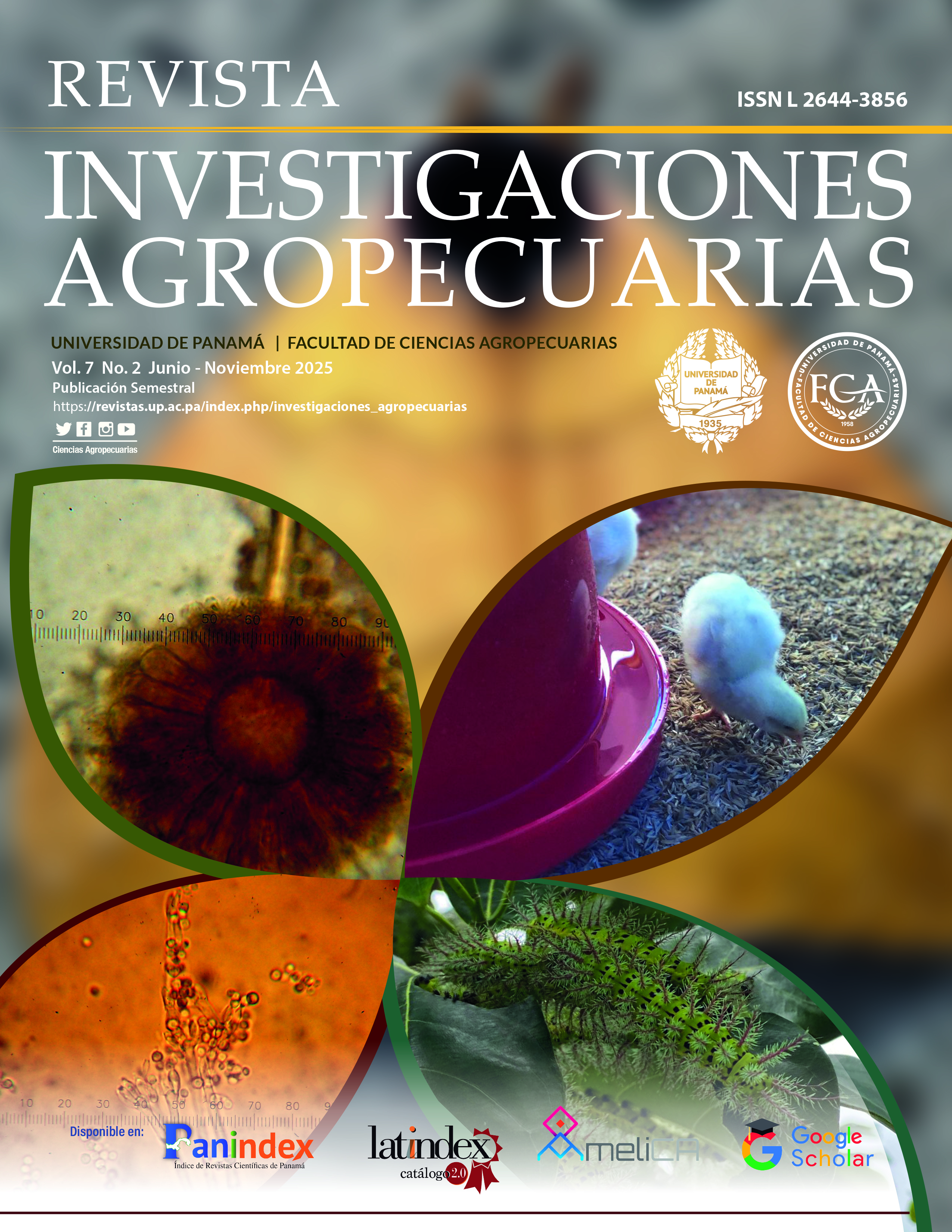

Derechos de autor 2025 Revista investigaciones agropecuarias

Esta obra está bajo una licencia internacional Creative Commons Atribución-NoComercial-CompartirIgual 4.0.
Desde su introducción a mediados de la década de 1920, los herbicidas se han convertido en una herramienta fundamental para el control de malezas en los sistemas de producción agrícola modernos. Sin embargo, el uso continuo de herbicidas con el mismo sitio de acción ha promovido el desarrollo y la proliferación de malezas resistentes en los campos de cultivo. En años recientes, los esfuerzos por comprender los mecanismos de resistencia a nivel molecular se han convertido en un componente clave para prevenir la evolución de la resistencia. Tanto los mecanismos de resistencia por alteración del sitio de acción (TSR) como aquellos no relacionados con el sitio de acción (NTSR) se han identificado como las formas más comunes de resistencia a herbicidas. El TSR suele estar caracterizado por mutaciones que afectan la proteína blanco del herbicida, lo que limita su acceso al sitio de acción. La mayoría de estas mutaciones ocurren en el dominio catalítico o en sus proximidades. Además, el aumento en el número de copias del gen que codifica la proteína blanca puede estar involucrado dentro de los mecanismos de resistencia TSR. Por otro lado, NTSR abarca una gama más amplia de mecanismos de resistencia como degradación metabólica, la reducción en la absorción y translocación del herbicida. Usualmente en los mecanismos NTSR suelen estar involucradas múltiples familias de genes, que incluyen, pero no se limitan a citocromo P450, glutatión S-transferasas, entre otros. Ambos mecanismos, TSR y NTSR pueden coexistir en una misma planta, como resultado de un proceso evolutivo que conduce a la ineficacia de uno o varios herbicidas con diferentes modos de acción.